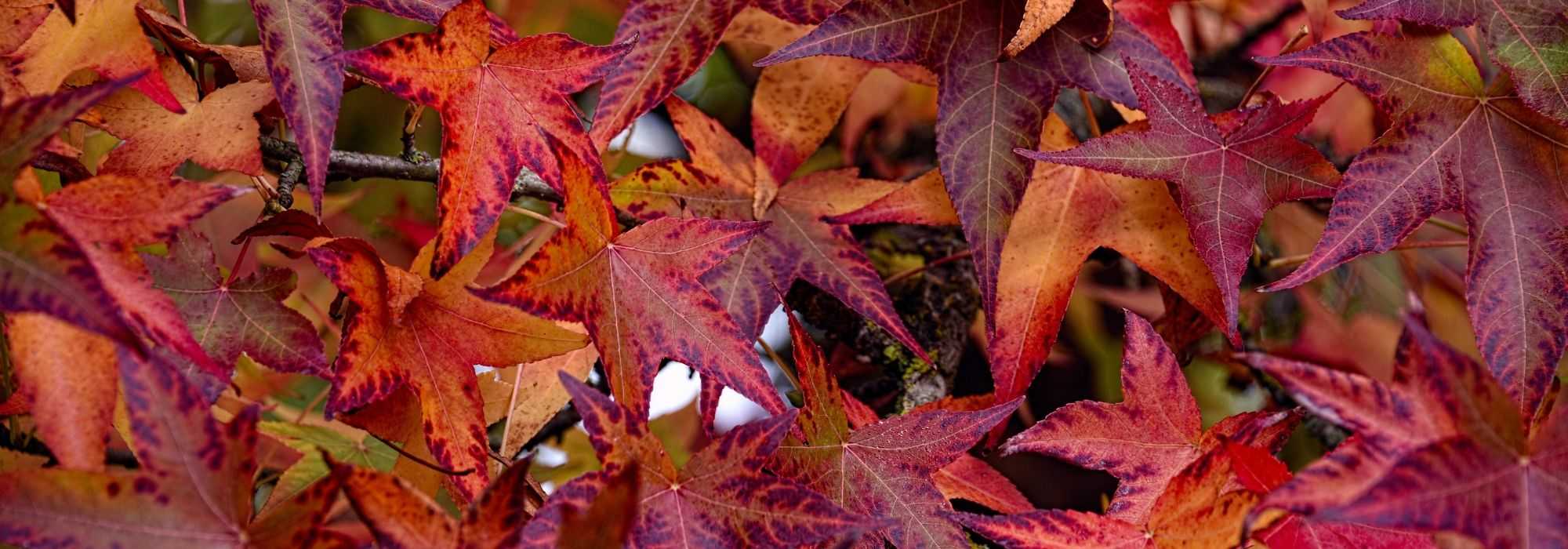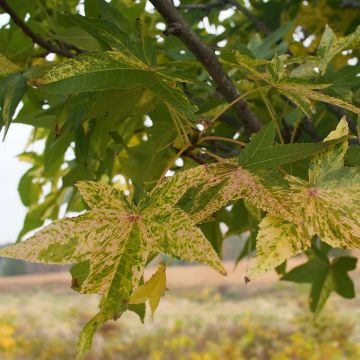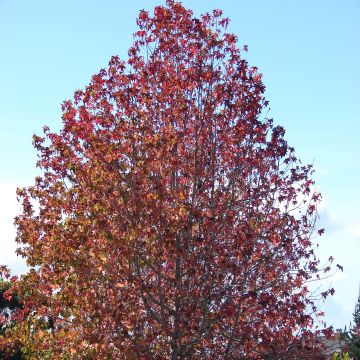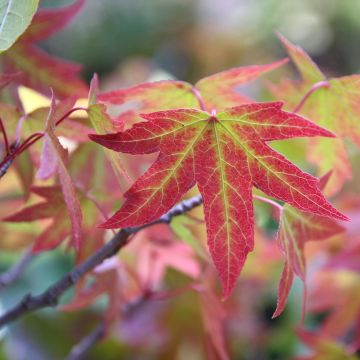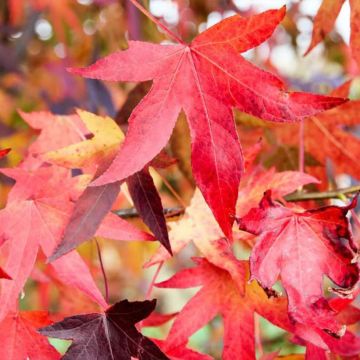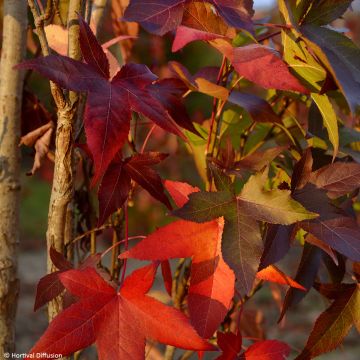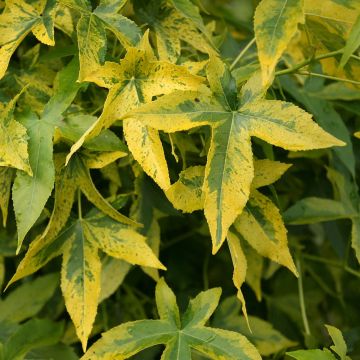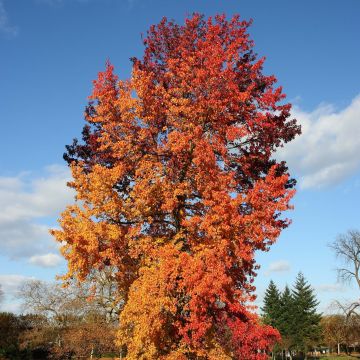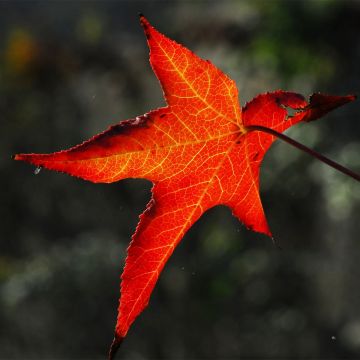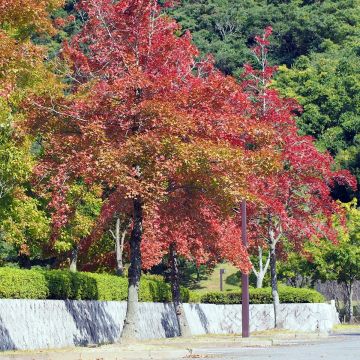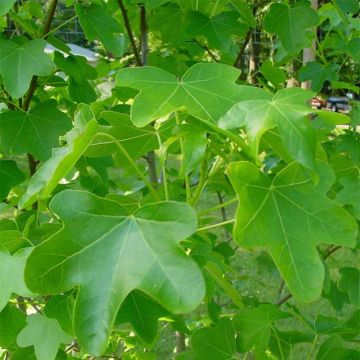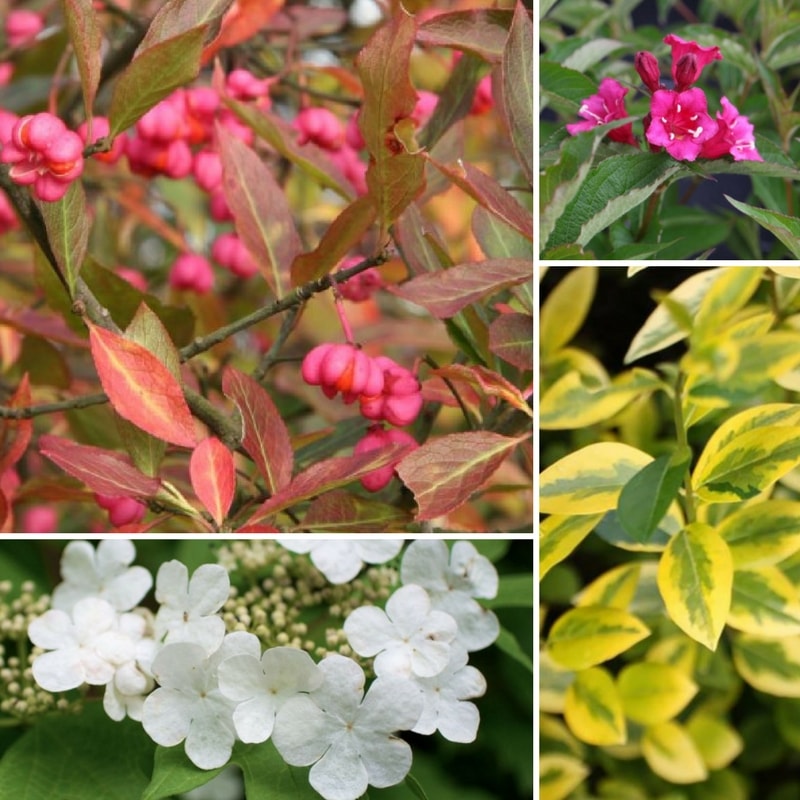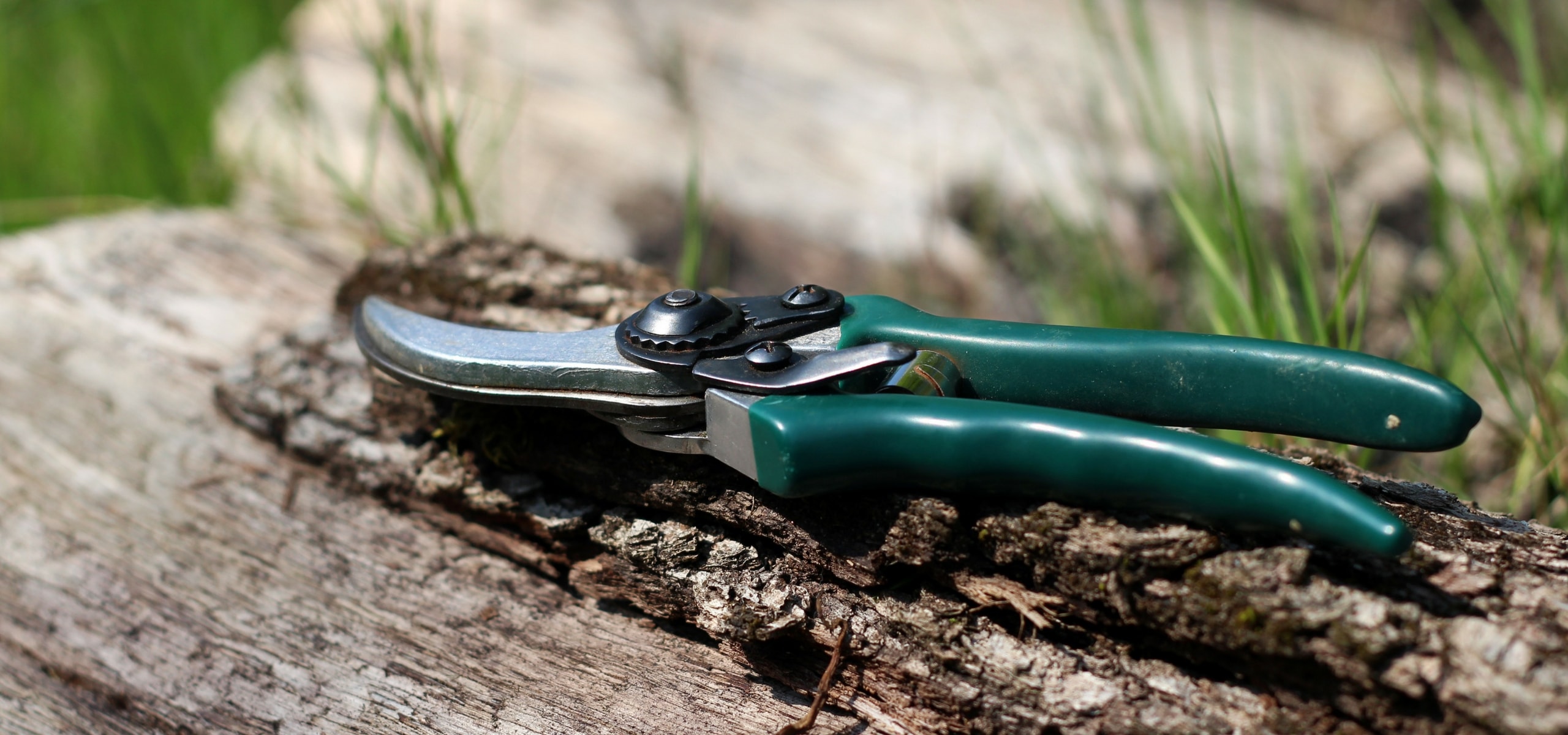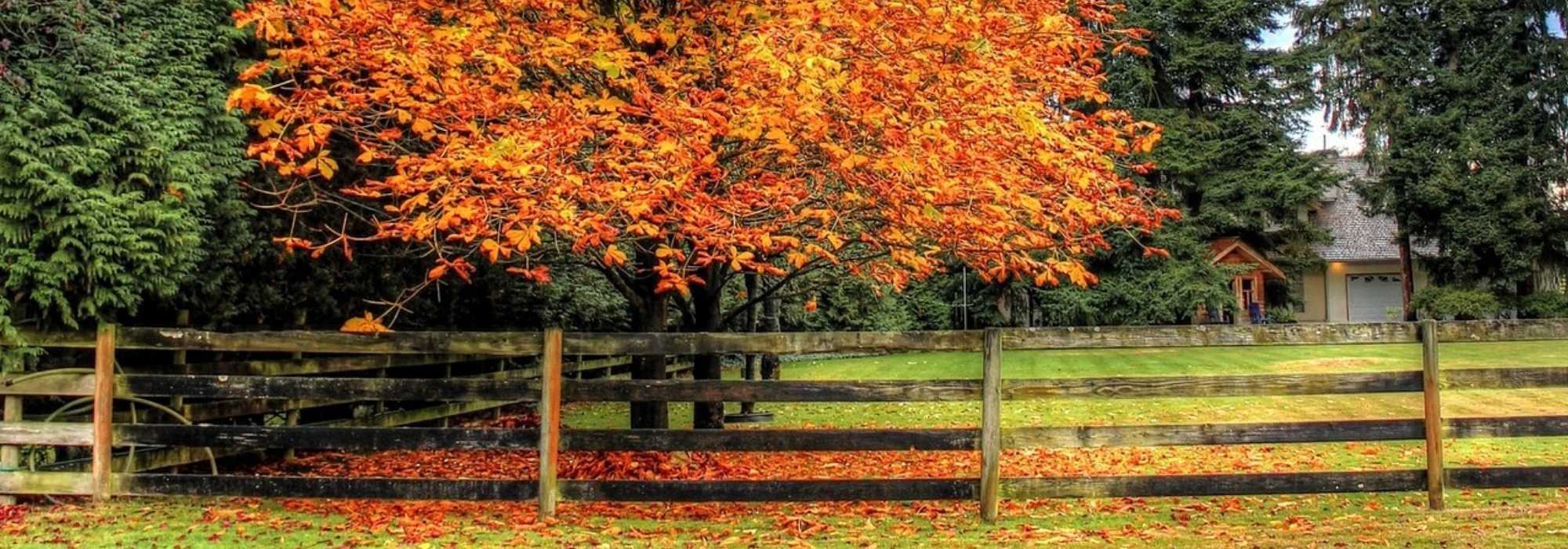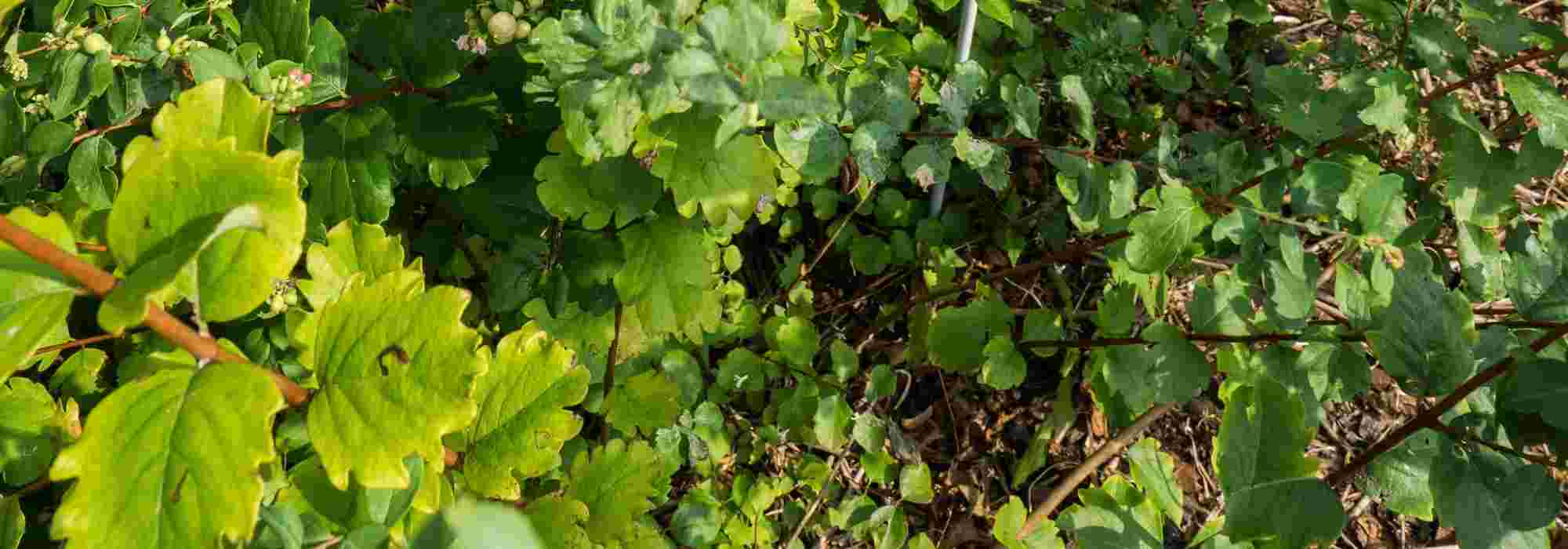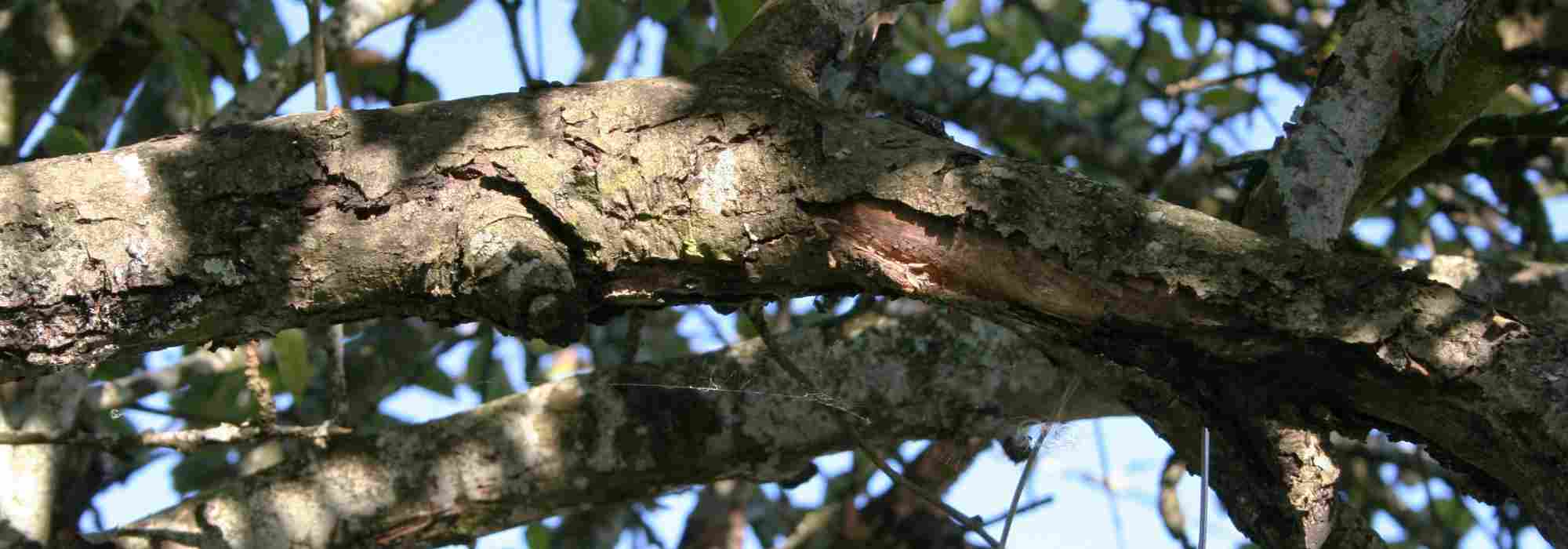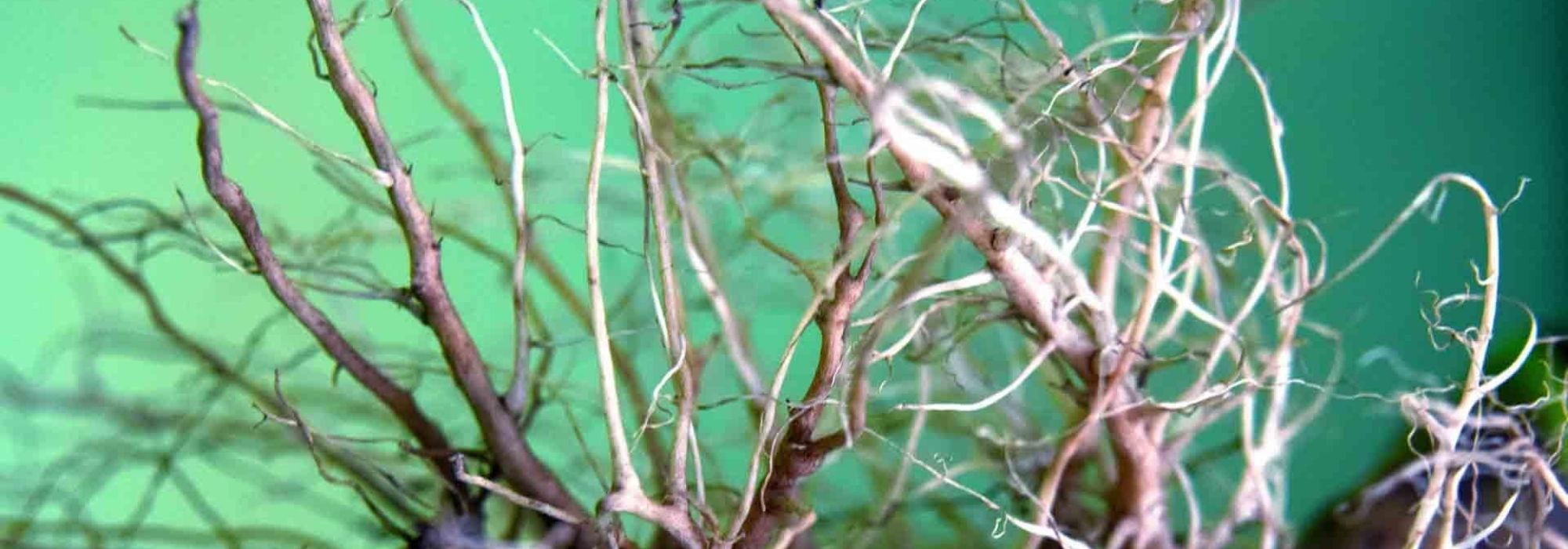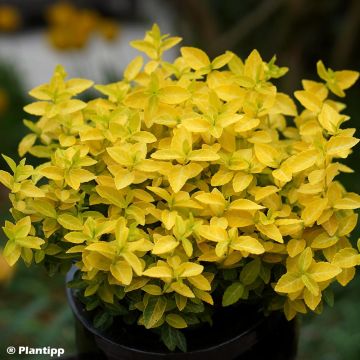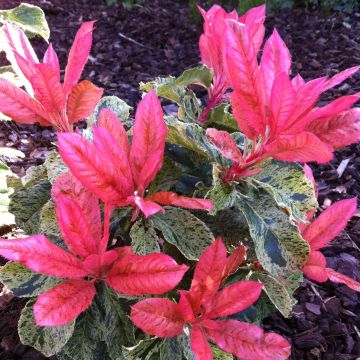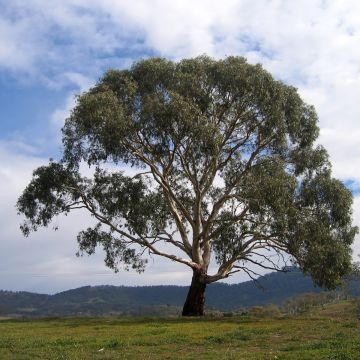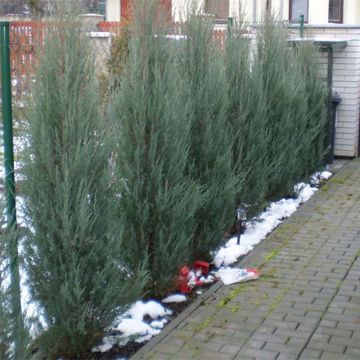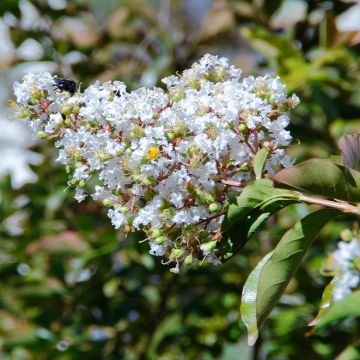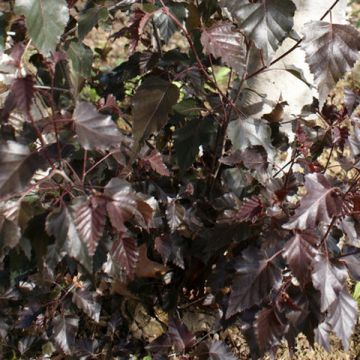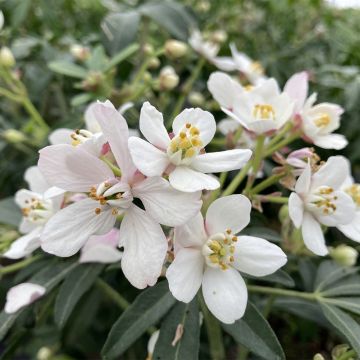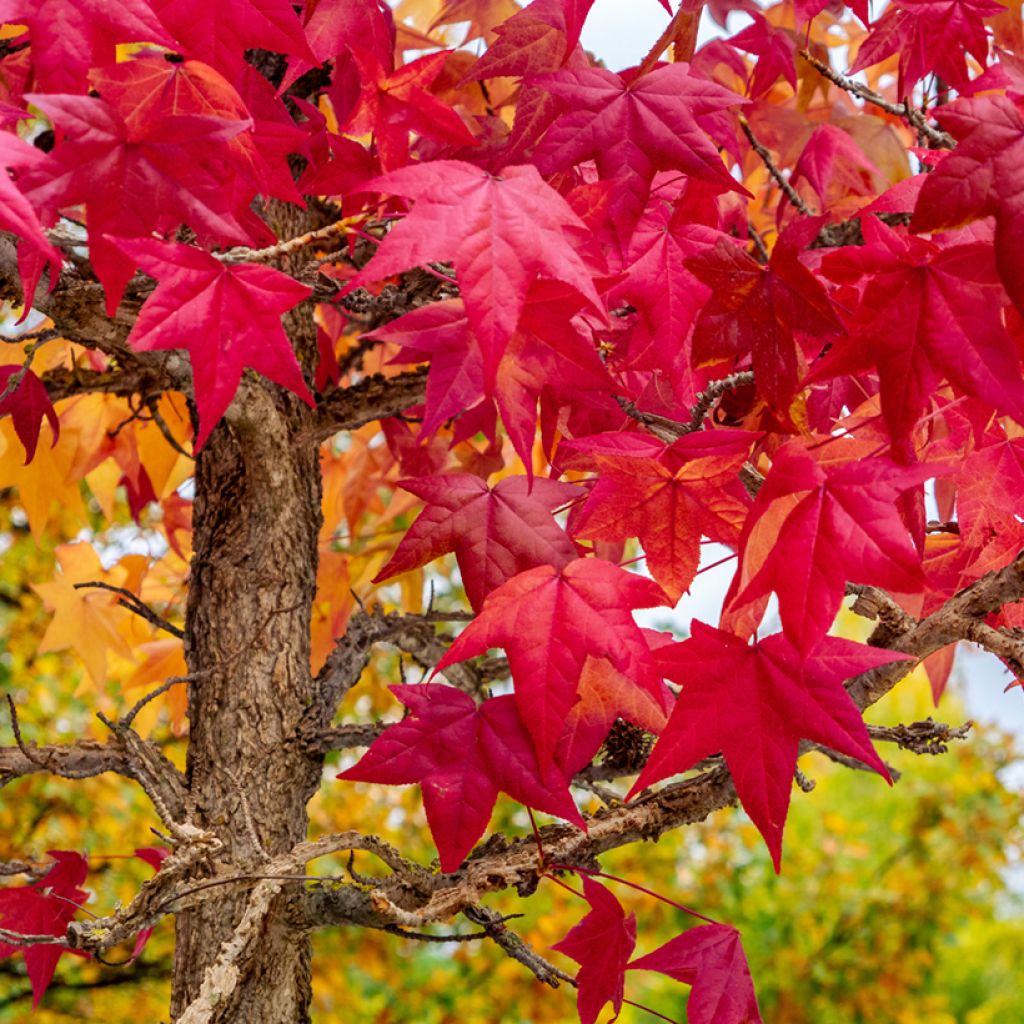

Liquidambar styraciflua seeds - American Sweetgum
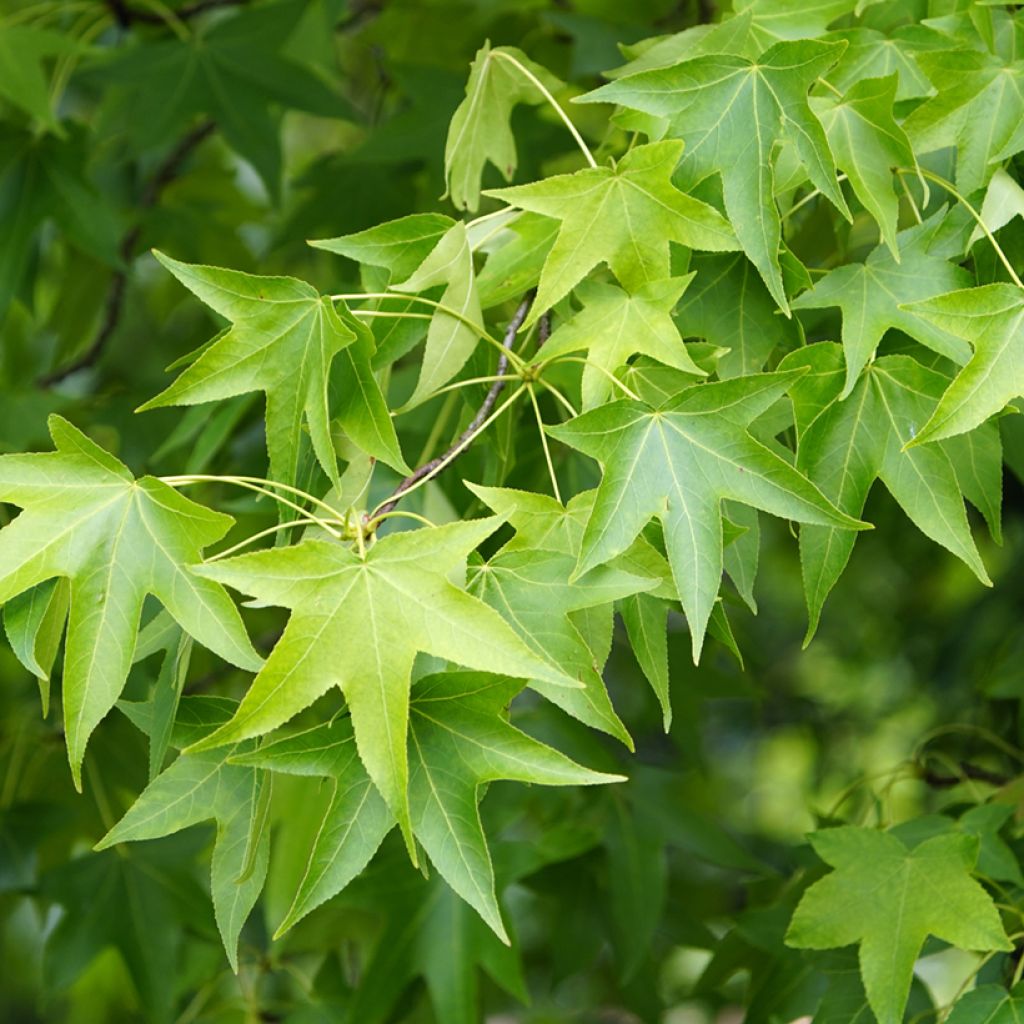

Liquidambar styraciflua seeds - American Sweetgum
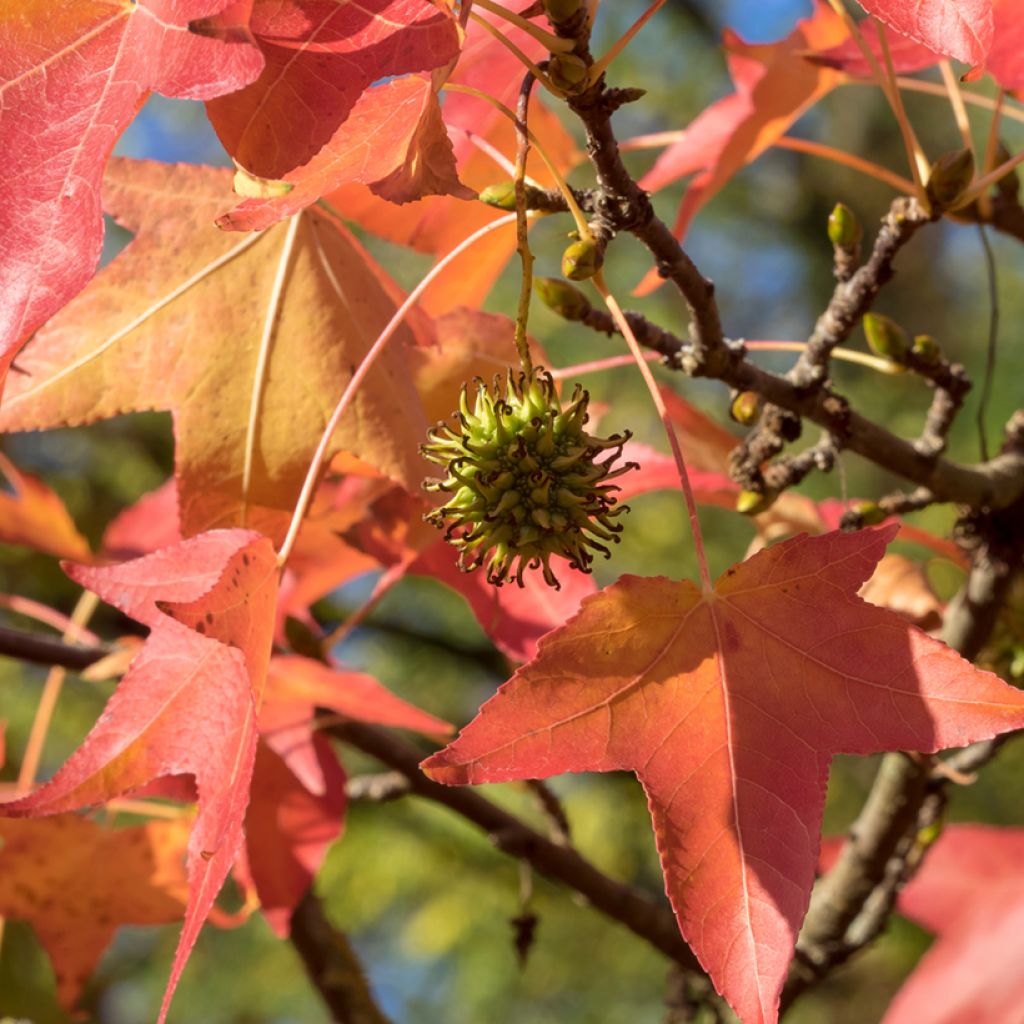

Liquidambar styraciflua seeds - American Sweetgum
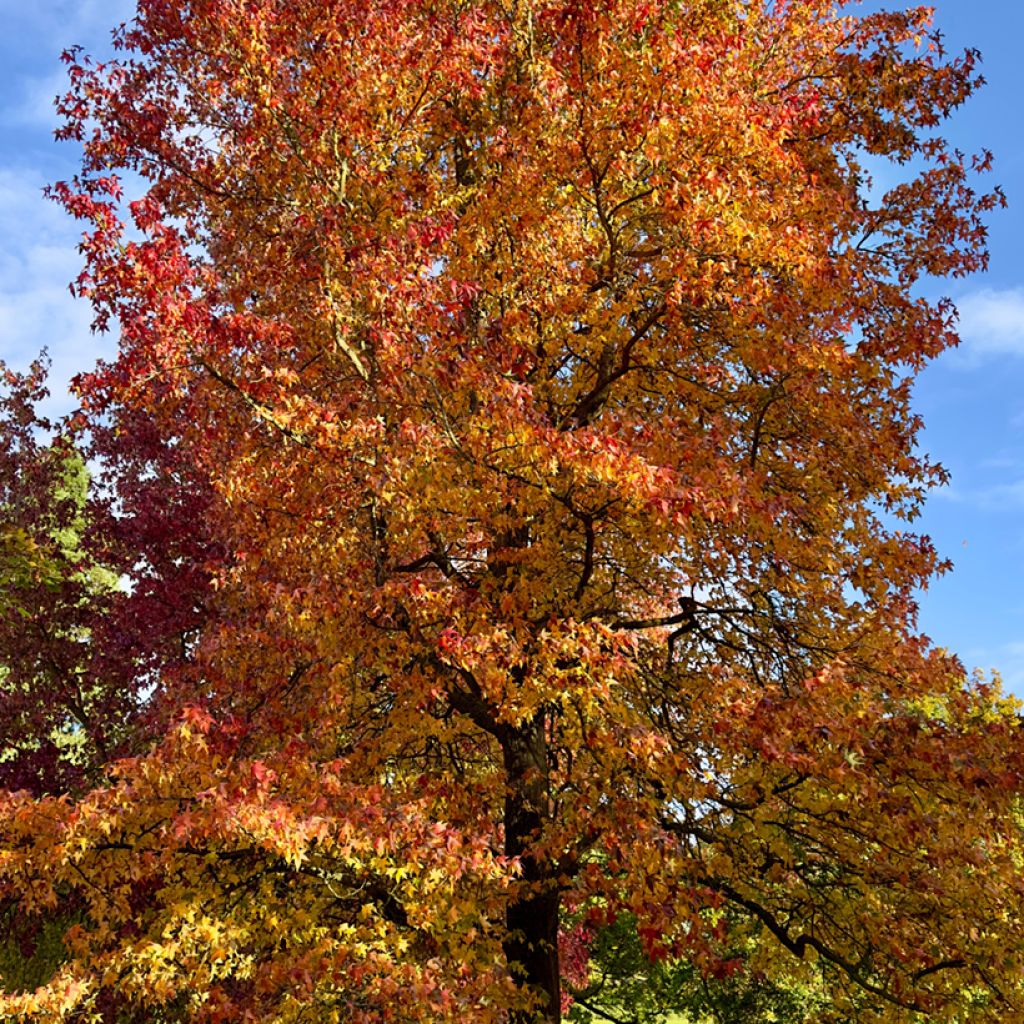

Liquidambar styraciflua seeds - American Sweetgum
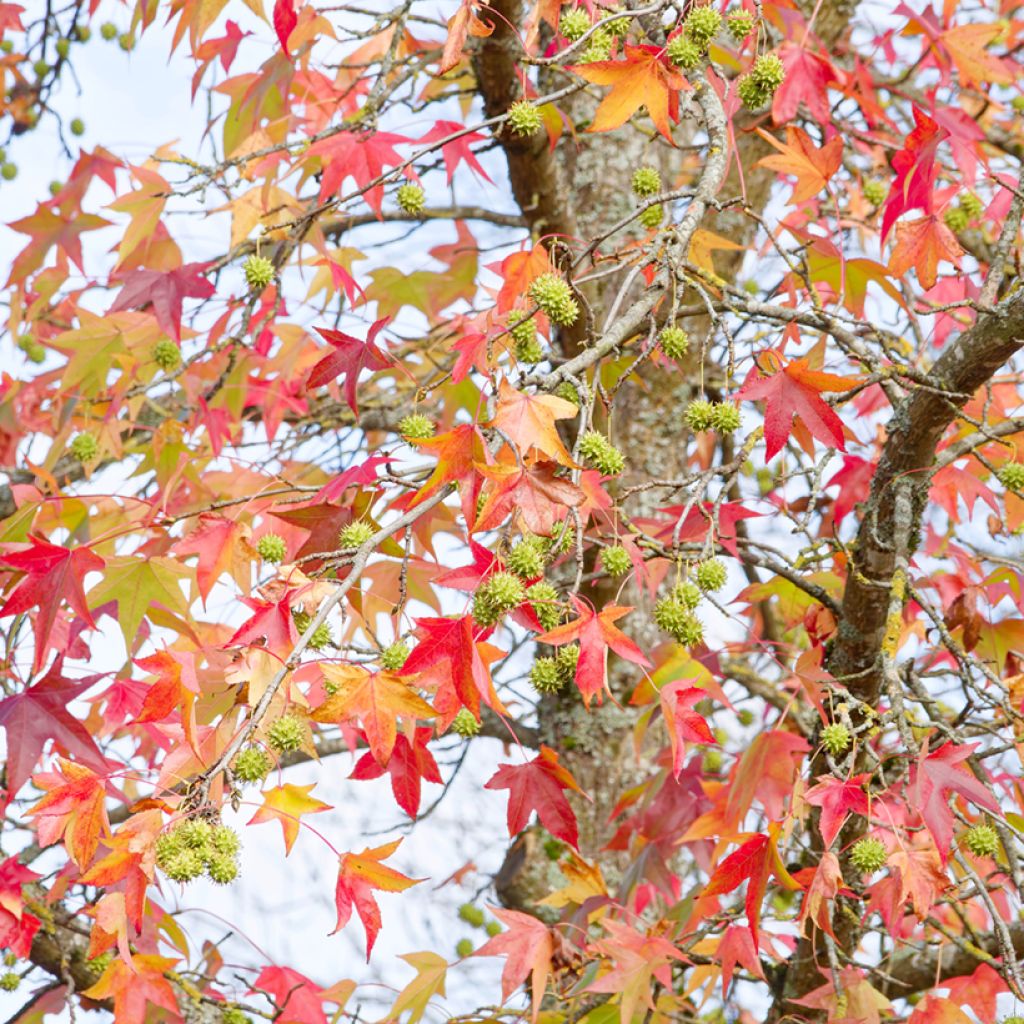

Liquidambar styraciflua seeds - American Sweetgum
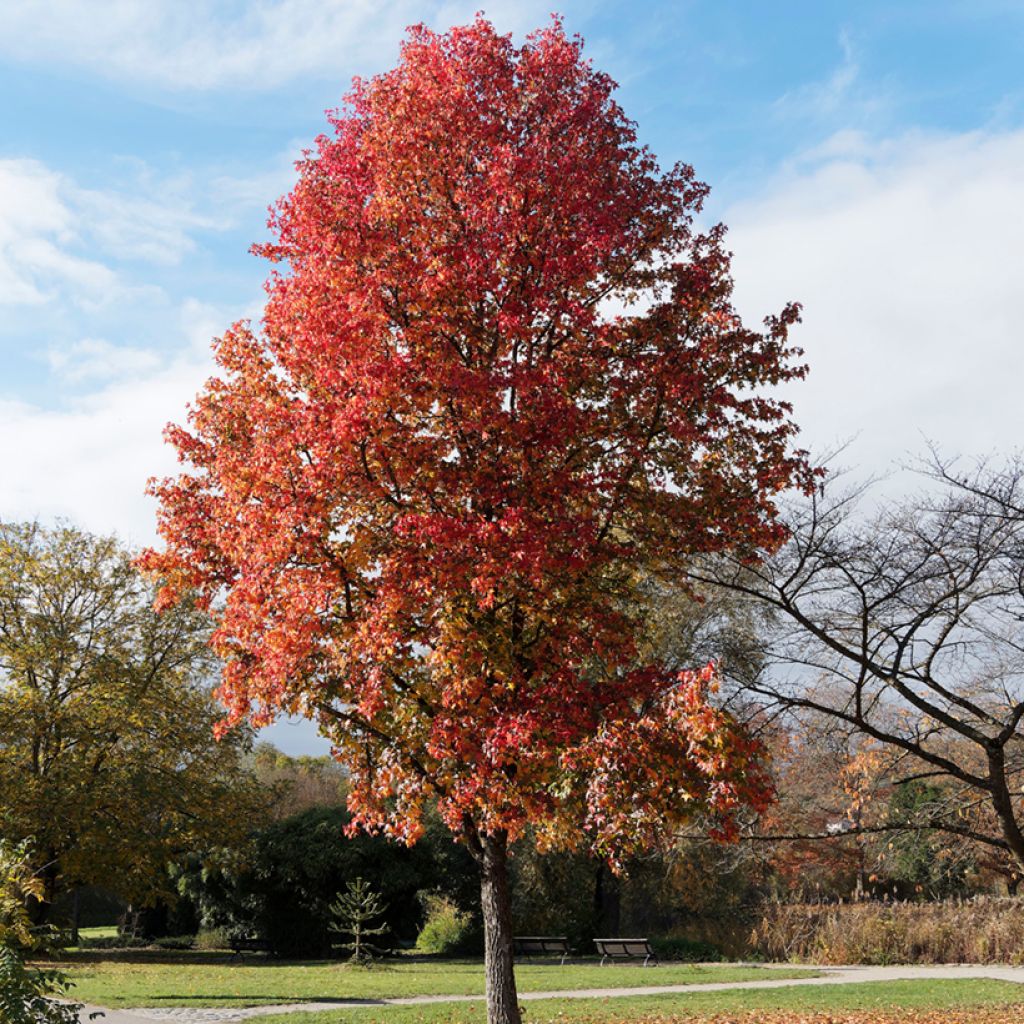

Liquidambar styraciflua seeds - American Sweetgum
Liquidambar styraciflua seeds - American Sweetgum
Liquidambar styraciflua
American Sweetgum, Redgum, Satin-walnut, Alligator-wood
Special offer!
Receive a €20 voucher for any order over €90 (excluding delivery costs, credit notes, and plastic-free options)!
1- Add your favorite plants to your cart.
2- Once you have reached €90, confirm your order (you can even choose the delivery date!).
3- As soon as your order is shipped, you will receive an email containing your voucher code, valid for 3 months (90 days).
Your voucher is unique and can only be used once, for any order with a minimum value of €20, excluding delivery costs.
Can be combined with other current offers, non-divisible and non-refundable.
Home or relay delivery (depending on size and destination)
Schedule delivery date,
and select date in basket
This plant carries a 6 months recovery warranty
More information
We guarantee the quality of our plants for a full growing cycle, and will replace at our expense any plant that fails to recover under normal climatic and planting conditions.
Would this plant suit my garden?
Set up your Plantfit profile →
Description
Liquidambar styraciflua, commonly known as the American Sweetgum, is a medium-sized deciduous tree, prized for its elegant conical habit and spectacular autumn foliage. During this season, its broad palmate leaves take on fiery hues ranging from orange and copper to scarlet red and purple. In damp, non-calcareous soil, this tree thrives in an open space, whether as a standalone specimen or in an avenue. To propagate Liquidambar from seed, start in autumn or, if necessary, in early spring, after several weeks of cold stratification.
Belonging to the Altingiaceae family, the Sweetgum is native to North America. It is found there along major rivers such as the Mississippi and the Ohio. Its name Liquidambar derives from the Latin liquidus (liquid) and the Arabic ambar (amber), referring to the fragrant amber-coloured resin that flows from its bark. Discovered in 1528, it was introduced to Europe in 1681. In its natural habitat, Liquidambar can reach up to 35 m in height, but in our latitudes, it peaks at a height of 20 to 22 m. It is a fast-growing tree. It develops a straight and robust trunk, topped by a dense, conical, slightly irregular crown that can reach 7 m in diameter. Its deciduous foliage is its main attraction, with palmate leaves 10 to 18 cm long, divided into 5 to 9 finely toothed lobes and arranged alternately on the branches. Dark green during summer, they become fiery in autumn. The discreet flowering appears in April on trees at least 25 years old, in the form of upright male catkins and pendulous female flowers. After pollination, small bristly spherical fruits, similar to those of the plane tree, develop. These fruits contain several capsules housing winged seeds, comparable to the samaras of maples. Its dark brown bark is marked by corky fissures, and its lifespan can reach around 150 years.
Liquidambar is a hardy tree that tolerates harsh winters well. It requires deep, damp, but well-drained soil and a sunny exposure. Once well established, it requires no special maintenance. It is planted as a standalone specimen on a vast lawn, in an avenue along a driveway, or as a boundary tree in a garden without close neighbours. It is frequently found in parks, where it stands out for its magnificent autumn colours. It pairs harmoniously with other species with colourful foliage such as Ginkgo, Chinese mahogany Toona sinensis, Nyssa sylvatica or the bald cypress, which share its preference for deep, moist soils.
The aromatic resin exuded by the bark, called styrax or liquidambar balsam, was once prized in aromatherapy. It was first used by indigenous populations, then incorporated in Europe into the production of cosmetics such as creams and beauty milks. As for its reddish-brown wood, valued for its fragrance and mechanical qualities, it was commonly used in cabinet-making for crafting refined furniture.
Liquidambar styraciflua seeds - American Sweetgum in pictures




Flowering
Foliage
Plant habit
Safety measures
Botanical data
Liquidambar
styraciflua
Altingiaceae
American Sweetgum, Redgum, Satin-walnut, Alligator-wood
North America
atteinterespiratoire
Cette plante peut entraîner des symptômes allergiques.
Evitez de la planter si vous ou vos proches souffrez de rhinite saisonnière ("rhume des foins").
Davantage d'informations sur https://plantes-risque.info
Other Liquidambar - Sweetgum
View all →Planting and care
To successfully grow Liquidambar styraciflua from seed, careful preparation is essential.
The seeds of this tree require cold stratification to break their natural dormancy. Begin by soaking the seeds in lukewarm water for 24 hours to hydrate them. Next, mix them with damp sand or vermiculite, place the mixture in a sealed plastic bag, and store it in the refrigerator at around 4°C for 8 to 12 weeks.
After this stratification period, prepare a light, well-draining substrate composed of seed compost, sand, and perlite (in a 2:1:1 ratio). Fill pots or trays with this mixture, then sow the seeds on the surface, lightly covering them with a thin layer of substrate about 0.5 cm thick. Gently moisten with a spray bottle and place the containers in a bright spot at a constant temperature between 18°C and 22°C. Germination typically occurs within 4 to 8 weeks, though this may vary depending on conditions.
Once the seedlings are sufficiently developed and have several true leaves, it's time to transplant them. Move each young plant into an individual pot with a similar substrate. Maintain consistent moisture without overwatering and ensure indirect bright light. When the plants reach a height of 15 to 20 cm and the risk of frost has passed, gradually acclimatise them to outdoor sunlight. They can then be planted out in the ground.
Liquidambar styraciflua thrives in deep, moist, acid to neutral soil. It dislikes drought and chalky conditions. Mulching around the base of the tree will help retain moisture and suppress weed growth. Pruning is generally unnecessary, except to remove dead or diseased branches.
Sowing period
Intended location
Planting & care advice
This item has not been reviewed yet - be the first to leave a review about it.
Similar products
Haven't found what you were looking for?
Hardiness is the lowest winter temperature a plant can endure without suffering serious damage or even dying. However, hardiness is affected by location (a sheltered area, such as a patio), protection (winter cover) and soil type (hardiness is improved by well-drained soil).

Photo Sharing Terms & Conditions
In order to encourage gardeners to interact and share their experiences, Promesse de fleurs offers various media enabling content to be uploaded onto its Site - in particular via the ‘Photo sharing’ module.
The User agrees to refrain from:
- Posting any content that is illegal, prejudicial, insulting, racist, inciteful to hatred, revisionist, contrary to public decency, that infringes on privacy or on the privacy rights of third parties, in particular the publicity rights of persons and goods, intellectual property rights, or the right to privacy.
- Submitting content on behalf of a third party;
- Impersonate the identity of a third party and/or publish any personal information about a third party;
In general, the User undertakes to refrain from any unethical behaviour.
All Content (in particular text, comments, files, images, photos, videos, creative works, etc.), which may be subject to property or intellectual property rights, image or other private rights, shall remain the property of the User, subject to the limited rights granted by the terms of the licence granted by Promesse de fleurs as stated below. Users are at liberty to publish or not to publish such Content on the Site, notably via the ‘Photo Sharing’ facility, and accept that this Content shall be made public and freely accessible, notably on the Internet.
Users further acknowledge, undertake to have ,and guarantee that they hold all necessary rights and permissions to publish such material on the Site, in particular with regard to the legislation in force pertaining to any privacy, property, intellectual property, image, or contractual rights, or rights of any other nature. By publishing such Content on the Site, Users acknowledge accepting full liability as publishers of the Content within the meaning of the law, and grant Promesse de fleurs, free of charge, an inclusive, worldwide licence for the said Content for the entire duration of its publication, including all reproduction, representation, up/downloading, displaying, performing, transmission, and storage rights.
Users also grant permission for their name to be linked to the Content and accept that this link may not always be made available.
By engaging in posting material, Users consent to their Content becoming automatically accessible on the Internet, in particular on other sites and/or blogs and/or web pages of the Promesse de fleurs site, including in particular social pages and the Promesse de fleurs catalogue.
Users may secure the removal of entrusted content free of charge by issuing a simple request via our contact form.
The flowering period indicated on our website applies to countries and regions located in USDA zone 8 (France, the United Kingdom, Ireland, the Netherlands, etc.)
It will vary according to where you live:
- In zones 9 to 10 (Italy, Spain, Greece, etc.), flowering will occur about 2 to 4 weeks earlier.
- In zones 6 to 7 (Germany, Poland, Slovenia, and lower mountainous regions), flowering will be delayed by 2 to 3 weeks.
- In zone 5 (Central Europe, Scandinavia), blooming will be delayed by 3 to 5 weeks.
In temperate climates, pruning of spring-flowering shrubs (forsythia, spireas, etc.) should be done just after flowering.
Pruning of summer-flowering shrubs (Indian Lilac, Perovskia, etc.) can be done in winter or spring.
In cold regions as well as with frost-sensitive plants, avoid pruning too early when severe frosts may still occur.
The planting period indicated on our website applies to countries and regions located in USDA zone 8 (France, United Kingdom, Ireland, Netherlands).
It will vary according to where you live:
- In Mediterranean zones (Marseille, Madrid, Milan, etc.), autumn and winter are the best planting periods.
- In continental zones (Strasbourg, Munich, Vienna, etc.), delay planting by 2 to 3 weeks in spring and bring it forward by 2 to 4 weeks in autumn.
- In mountainous regions (the Alps, Pyrenees, Carpathians, etc.), it is best to plant in late spring (May-June) or late summer (August-September).
The harvesting period indicated on our website applies to countries and regions in USDA zone 8 (France, England, Ireland, the Netherlands).
In colder areas (Scandinavia, Poland, Austria...) fruit and vegetable harvests are likely to be delayed by 3-4 weeks.
In warmer areas (Italy, Spain, Greece, etc.), harvesting will probably take place earlier, depending on weather conditions.
The sowing periods indicated on our website apply to countries and regions within USDA Zone 8 (France, UK, Ireland, Netherlands).
In colder areas (Scandinavia, Poland, Austria...), delay any outdoor sowing by 3-4 weeks, or sow under glass.
In warmer climes (Italy, Spain, Greece, etc.), bring outdoor sowing forward by a few weeks.






























